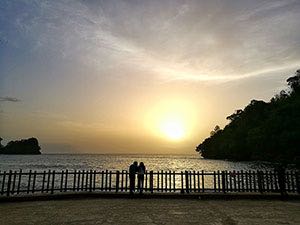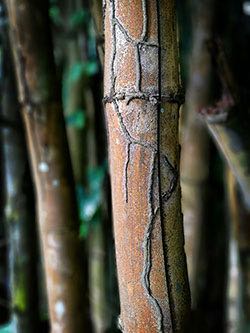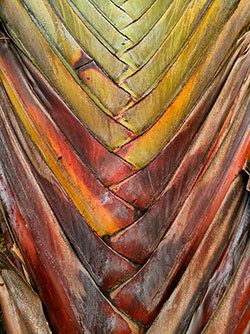A perspective on Macqueripe
29/12/16 22:14 Filed in: Musing
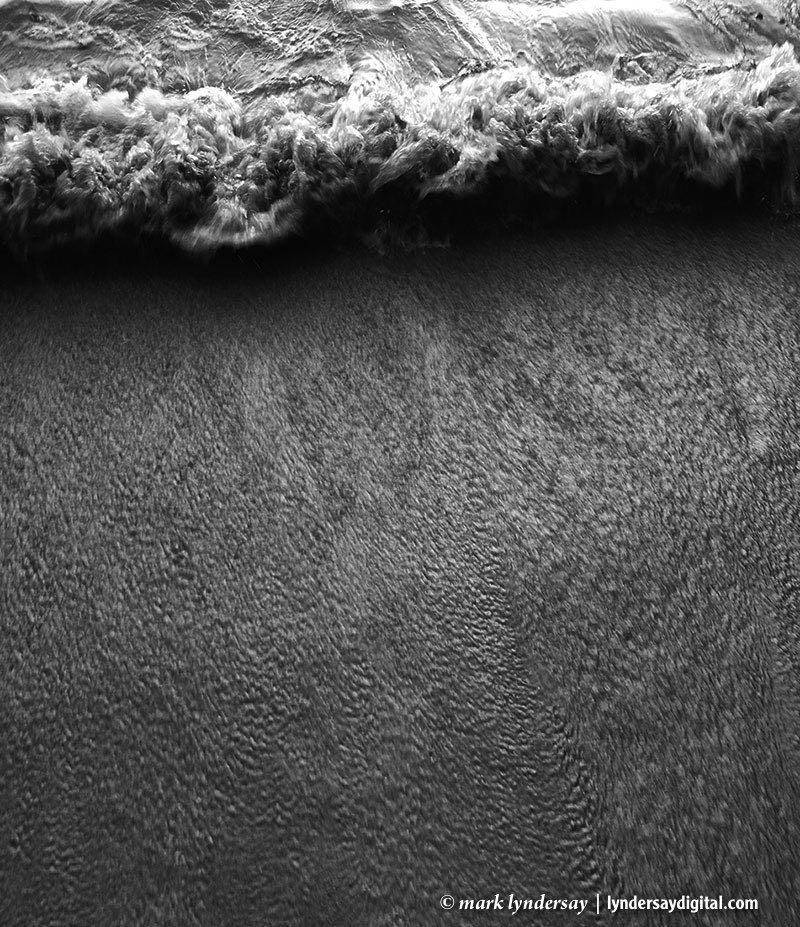
Above: Surf, Macqueripe Beach. Photographed using the dedicated grayscale sensor of the Huawei P9. All photographs in this story shot using smartphone cameras. My year of photographing once daily with a smartphone, 2015365, is posted here. My Instagram feed, which features my continuing work with smartphone cameras is here.
Click on any photo below to view the image larger in a lightbox frame. Photo by Mark Lyndersay.
Macqueripe is a small bay on the north western end of Trinidad. It is part of Chaguaramas, which was annexed by the US government with the agreement of the British colony overseers for the construction of a naval base during World War II under the Destroyers for Bases Agreement in 1940.
Connected to the rest of the island by a single narrow road that runs mostly along the seaside, development of Chaguaramas, has been slow and mainly focused on the sheltered sea front that attracted US attention in the first place.
The headquarters of Trinidad and Tobago's small army and Coast Guard are headquartered there to this day, making for more than a half-century of military presence in the area.
Over the last two years, I've spent a lot of time there, far more than I'd spent in all my years before that, because of a child's fascination with the sea.
Our preferred destination is Macqueripe Bay, a small, deeply sheltered bay on the island's north coast.
The road there, which spans the narrowing north-west of the island, is a short drive to the north coast and offers an array of interesting sights.
Here you will find an Army training base, which spews sweating recruits in full gear onto the roadside.
Over there is a largely abandoned large scale agricultural project, still stumbling along on the momentum of fruit and vegetables still flourishing in the rich valley soil.
An abandoned two-level bunker, gutted of windows and interior still stands confidently with three-foot concrete walls streaked with weathering and moss.
A picturesque old church, now just bare concrete walls that vault to sharp peaks that meet no ceiling, just blue skies, is surrounded by worn grave markers and collapsing estate houses.
Tall, arcing stands of bamboo are everywhere, their rich gold stems and lush green leaves finding their apotheosis in The Bamboo Cathedral, a natural arbor of bamboo arcing over a private road that's popular with couples celebrating their engagement or wedding.
That road continues off the main road to an abandoned radio tracking station, a popular anchor point for local star trail photography buffs, but also a part of world history as a relay point for a historic radio transmission.
In 1958, soon after the tracking station was built, it followed the orbit of Sputnik. In 1960, it was a link in the first intercontinental transmission of radio signals.
The once cutting edge technology is now a rusting hulk of metal that offers a wonderful silhouette for glorious Macqueripe sunsets.
So where does one find a vantage point amid a mix of lush natural beauty and slowly crumbling national history?
When options are everywhere and opportunities for capture abound, my approach has been to find moments that anchor aspects of a sprawling legacy and return to them frequently until they yield to persistent visual inspection.
That's given me interesting perspectives on visuals that interest me.
I'd never have set out to put together a collection of images like this deliberately. The Macqueripe images are the result of a day to day opportunity occasioned by my frequent visits to the area, the dramatically improved capture capabilities of modern smartphones and the essentially bottomless capacity of these devices to record stills.
I've been making a fair bit of use of the plenoptic potential of Huawei's P9 dual lens camera, and it's going to be very interesting when that technology is pushed even further into the mainstream by next generation technologies like the Light L16 camera.
Photography has always been a delicate mix of science and art, with the most successful practitioners managing a good working relationship with the physics and chemistry of image making as well as the many elements of aesthetic judgement and choice that make good images truly memorable.
When the portability of modern cameras meets the happenstance opportunity of daily life, remarkable things can happen.
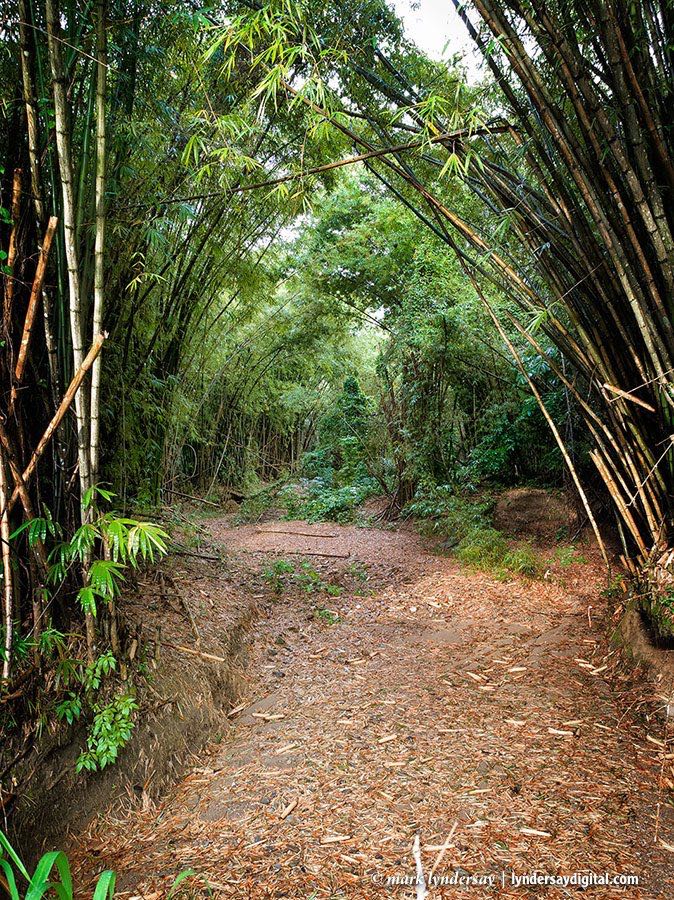
Above: Dry riverbed, Macqueripe. Photograph by Mark Lyndersay.
blog comments powered by Disqus
